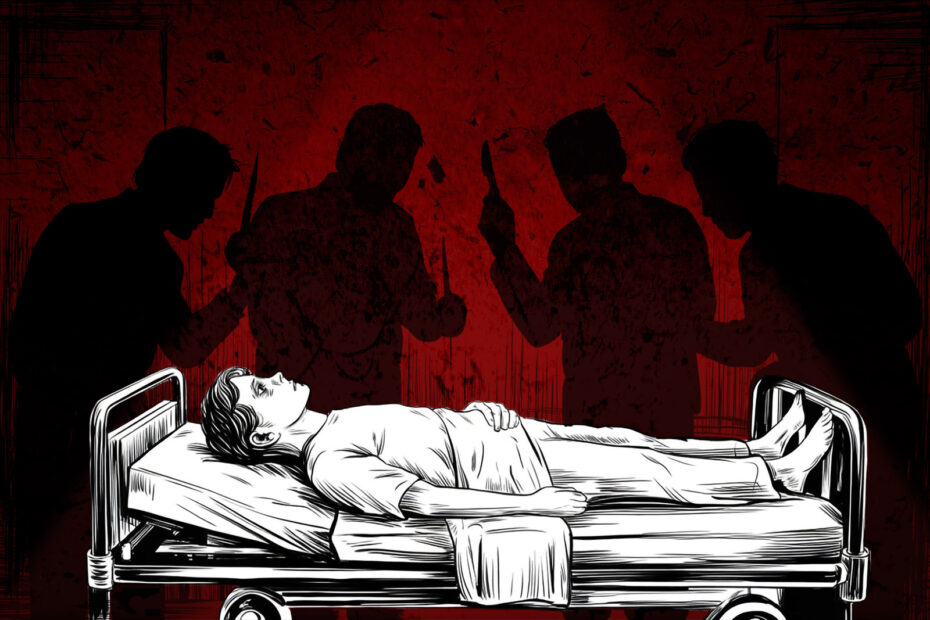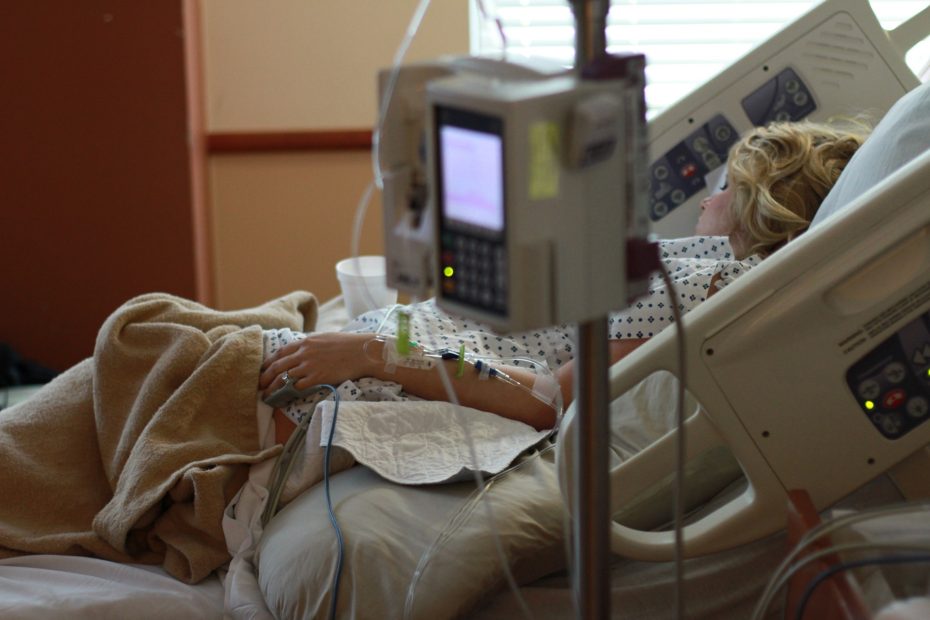On ‘Brain Death’ and the Conflict between Clinical and Pastoral Practice
By Joseph M. Eble, MD The death of St. Carlo Acutis indicates that the Church recognizes that true death occurs only after the cessation of… Read More »On ‘Brain Death’ and the Conflict between Clinical and Pastoral Practice






